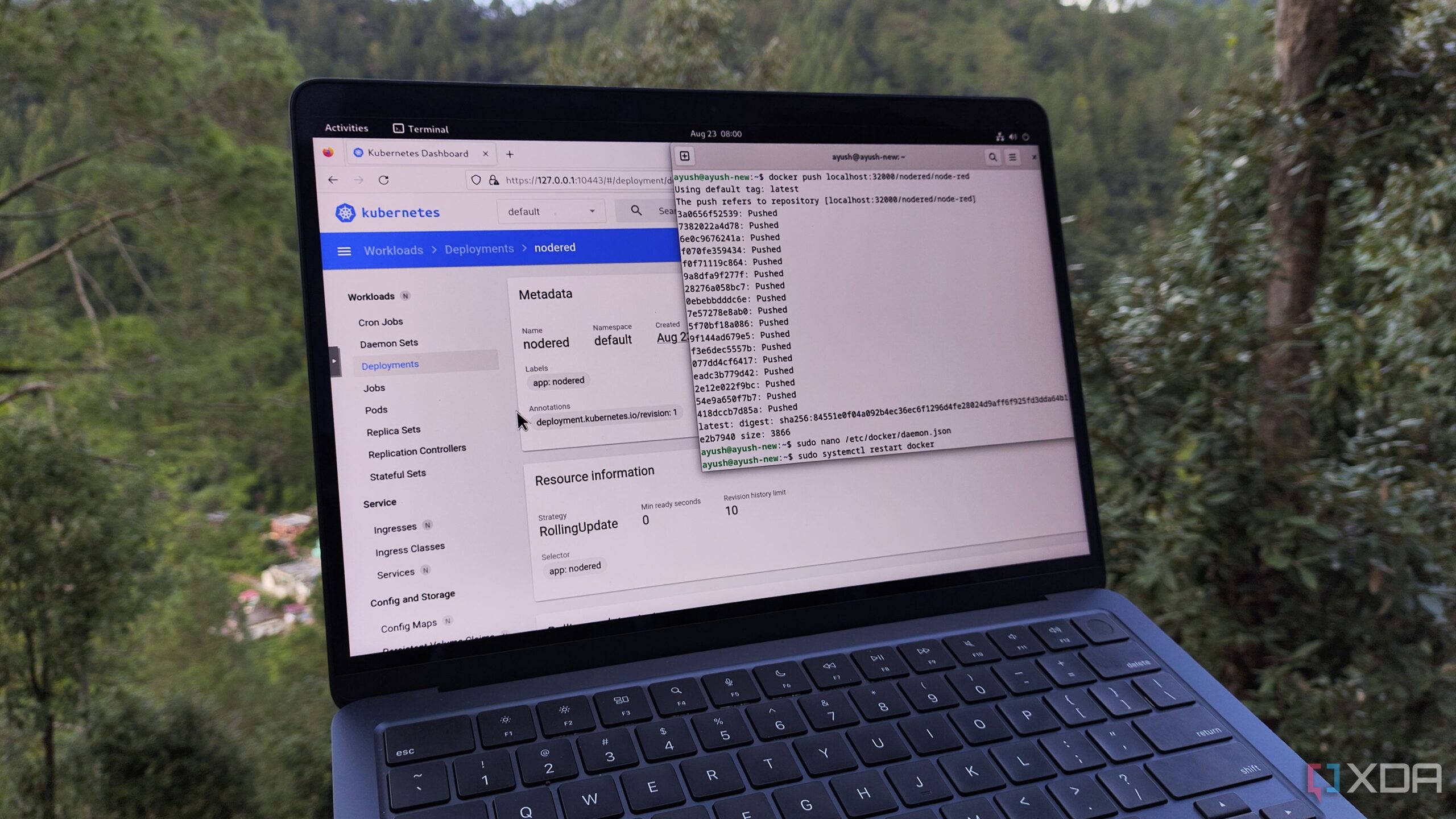Setting up a Kubernetes cluster can significantly enhance the management and deployment of containerized applications. Kubernetes, renowned for its ability to orchestrate container environments, caters primarily to those looking to streamline their self-hosting capabilities. Whether you are a dedicated home lab enthusiast or a professional eager to hone your DevOps skills, selecting the right operating system is crucial. Here are five of the best Linux distributions for building Kubernetes clusters.
Raspberry Pi OS: A Compact Solution
Despite their small size, Raspberry Pi boards offer an impressive foundation for containerization projects. With just a few Raspberry Pi single-board computers (SBCs) and a router, users can establish a low-power Kubernetes cluster. The Raspberry Pi OS is particularly effective due to its solid pre-installed packages and performance. For optimal results, it is advisable to use the command-line interface version, which conserves CPU and memory resources. If opting for MicroK8s on Raspberry Pi OS, users should include the flags cgroup_memory=1 and cgroup_enable=memory in the /boot/firmware/cmdline.txt file to enhance functionality.
Harvester and Rancher: Virtualization Made Easy
Another strong contender is the combination of Harvester and Rancher. Harvester serves as a virtualization platform that integrates seamlessly with Rancher tools, designed for managing Kubernetes environments. For those interested in container orchestration, this setup provides an ideal experimental framework. The experimental add-on rancher-vcluster allows users to create a Kubernetes or K3s cluster while deploying the Rancher management interface within a virtual machine. However, it is important to note that Harvester’s high requirements may pose challenges in establishing a reliable cluster.
Debian stands out as one of the most stable Linux distributions available. Its plain nature belies its reliability, making it an excellent choice for running Kubernetes workloads. Notably, its compatibility with Arm devices enhances its appeal for users who wish to leverage Kubernetes capabilities on non-Raspberry Pi SBCs.
Fedora CoreOS, which emerged from the original CoreOS after its acquisition by Red Hat, is tailored for container-heavy workloads. This open-source distribution supports essential tools such as Podman, CRI-O, and Docker’s command-line interface right from the start. Users can modify system settings through a Butane config document, ensuring a customizable and robust environment for Kubernetes operations.
Talos Linux: A Hardened Kubernetes Distribution
For those prioritizing security, Talos Linux is specifically designed for running Kubernetes clusters. This distribution eliminates traditional shell access and SSH protocols in favor of an API-based setup secured by mutual TLS (mTLS) authentication. Users can easily deploy Kubernetes on Talos Linux using declarative YAML files, allowing for straightforward adjustments to control and worker nodes. Its efficient resource usage ensures that Kubernetes can operate optimally without unnecessary overhead.
While the aforementioned distributions are among the top choices for Kubernetes cluster setups, others, such as DietPi and Alpine Linux, also deserve mention. DietPi is a minimalistic distribution ideal for transforming underpowered SBCs into effective container hosts. Alpine Linux, while lightweight and efficient, may present compatibility concerns due to its reliance on the musl library and openrc init system.
Selecting the right operating system is essential for successfully building and managing Kubernetes clusters. Each of these distributions offers unique advantages, catering to various user preferences and system requirements. Whether you are starting a small home lab or seeking to improve your professional skills, these options provide a solid foundation for container orchestration.





































































